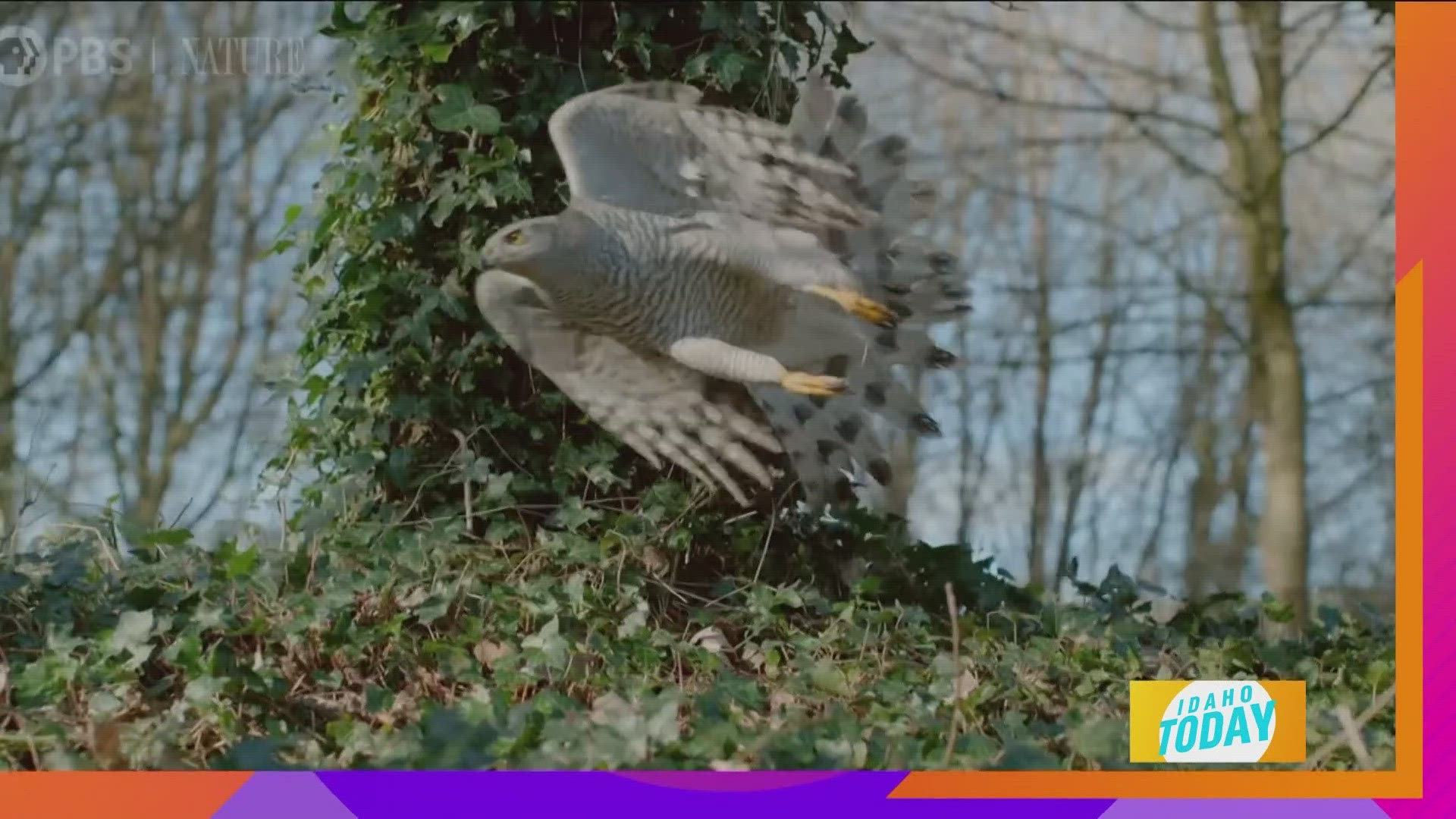The new PBS Nature series, Raptors: A Fist Full of Daggers, shows their remarkable survival instincts and lives in nature.
Wherever there is prey, there's a raptor to hunt it. These magnificent creatures are prevalent in Idaho. They're intelligent hunters and are also resourceful parents and long-distance travelers. Host Mellisa Paul spoke to director Matt Hamilton about this far-reaching documentary that spans the globe, revealing these fascinating birds that can see, smell, and hear like no other creature.
Matt shared the highlights of this remarkable docuseries:
- Birds of prey are our planet's greatest hunters. United by a hooked beak and a taste for fleshy, razor-sharp talons, they have conquered the globe, from the African savannah to the high Arctic.
- Hamilton reveals the latest discoveries alongside extraordinary behaviors.
- Hamilton reveals how birds of prey perfect the art of the hunt and how they adapt to the most demanding environments.
- The series asks what the future holds for these remarkable birds in a rapidly changing world characterized by habitat loss, climate change, persecution, and pollution.
The film opens in Africa, where the African Crown Eagles, nature's most potent flying predator, have a lineage back to when our ancient ancestors feared these birds. Their talons can fit around a man's fist. This ten-pound raptor is considered a master butcher who now hunts monkeys and even bigger prey. They have been known to kill antelope weighing in six times their weight. For over a year, the mother African Crown Eagle will feed her chicks in the nest directly, the raw meat from her kills.
Size can be misleading, however, as tiny raptors like the Black Thighed Falconet are as tall as a soda can but equally tenacious hunters in the lush jungles of Borneo.
These highly adapted hunters have all the tools for ruling the skies: curved razor-sharp talons, piercing beaks, and enviable eyesight. However, even equipped with all these gifts, these birds often live at precariously high elevations where temperatures can dip to 50 below or colder.
These birds are not afraid to attack and eat each other's young or fight to the death over a carcass in the wild.
If you own a birdfeeder here in Idaho, you know birds can be quarrelsome and aren't the nicest to each other. Combine that with daggers for extremities, and you can understand how tough it is for a raptor in the wild to persevere.
And speaking of Idaho, even our state quarter boasts the fierce profile of a peregrine falcon, on guard watching over the Gem State.
Just south of Boise sits the World Center for Birds of Prey, where the headquarters for the Peregrine Fund. This conservation nonprofit was founded in 1970 by academics and bird lovers concerned about North American peregrines' decline. Despite near-extinction levels, the decades-long captive breeding program worked, and our beautiful Idaho raptors were taken off the danger of extinction list in 1999.
Falconry, conservation, and general awareness made possible by PBS series like Nature and Matt Hamilton's Raptors: A Fistful of Daggers have ensured that our state is taking concrete actions to preserve these remarkable creatures.
With Idaho Gives approaching, Idaho Today suggests looking into The Peregrine Fund, which remains one of the top raptor conservation organizations in the world.
Tune in: Raptors: A Fistful of Daggers: Meet the Family premieres on April 10, 2024.
You can watch it on your local PBS station, the PBS video app, online, and on YouTube through May 8, 2024.
Enjoy full episodes of your favorite PBS shows anytime, anywhere with the free PBS Video App: https://to.pbs.org/2QbtzhR

